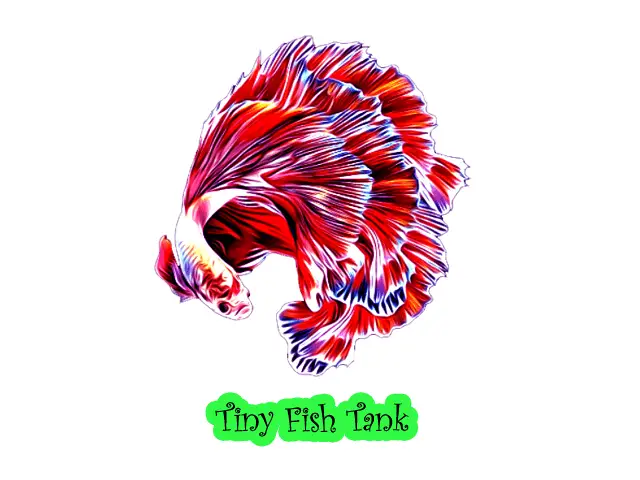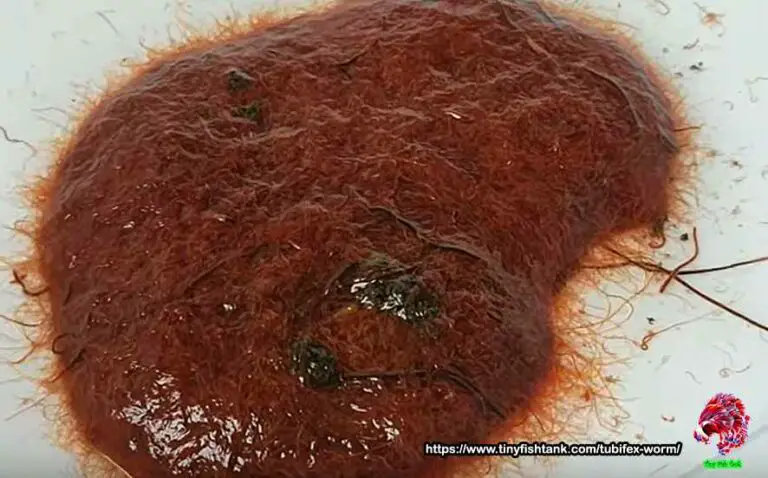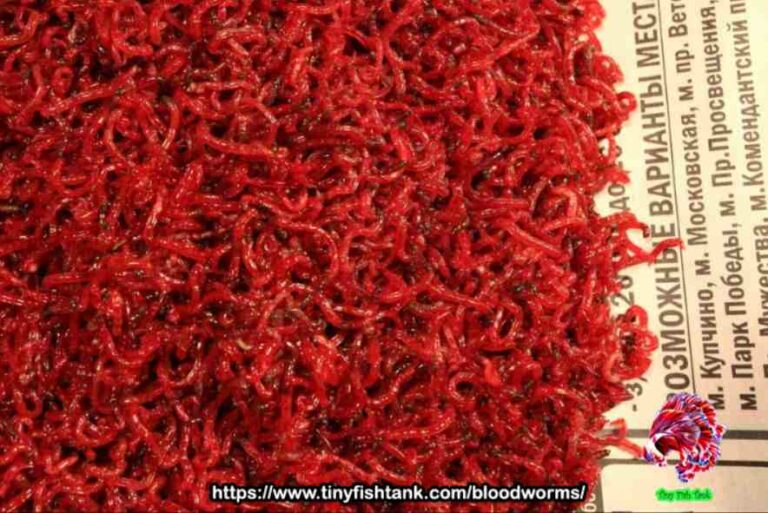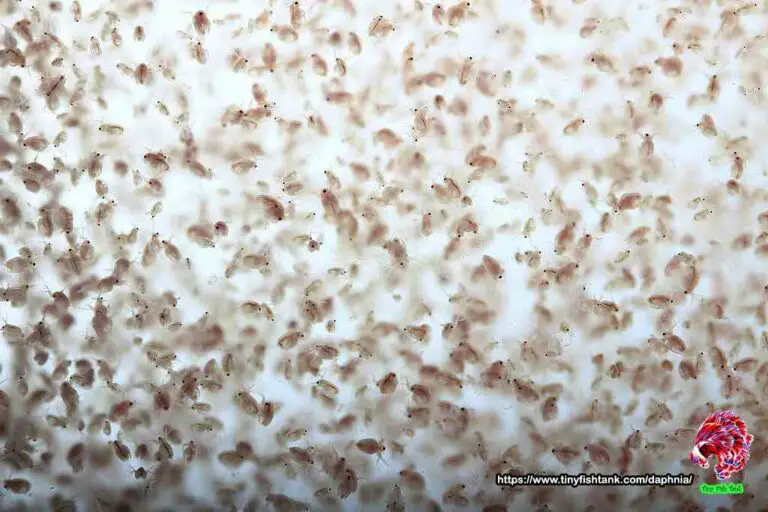Moina – World of Aquatic Microorganisms
Throughout history, Moina has silently thrived in various water bodies, from seas to modern-day ponds. Despite their microscopic size, their fascinating evolutionary history dates back millions of years. We can learn about these tiny creatures’ history, anatomy, and physiology by studying their aquatic habitats. By observing them closely, we can see how they move gracefully and precisely in their environment.
One of the most fascinating characteristics of Moina is its reproductive strategy and life cycle, a masterpiece of nature’s creativity. We will analyze their feeding behavior and nutritional needs, revealing the key factors that sustain their existence in the microcosm.
However, like all living beings, Moina faces environmental challenges, and their adaptations to these changes provide valuable insights into ecological resilience. We will examine how these tiny wonders thrive in a world experiencing rapid transformation. We will also emphasize the importance of conservation efforts to protect Moina and its delicate ecosystems.
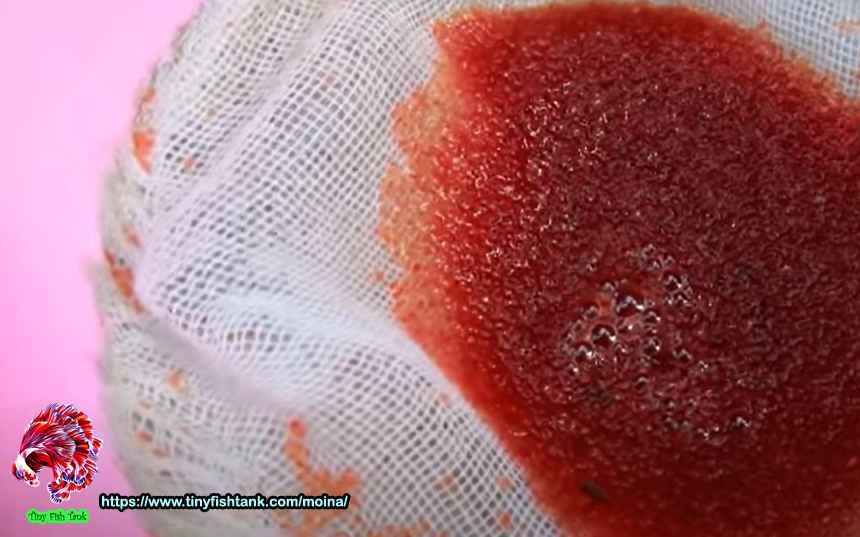
Table of Contents
- Introducing Moina
- Moina Life Cycle and Reproduction
- Moina’s Response to Environmental Changes
- The Foundation of Moina’s Diet
- Nutritional value of Moina
- Culturing Moina
- Moina feed to fish
- Moina alternatives
- Frequently Asked Questions
Introducing Moina
Moina, the diminutive wonder of the aquatic realm, remains hidden from the naked eye. Moina belongs to the family of crustaceans, commonly known as water fleas, owing to their swift and jerky movements in the water. Despite their minuscule size, their impact on aquatic ecosystems is vast.
Their greedy appetite for algae and bacteria controls excessive growth, maintaining aquatic habitat balance.
Their ability to reproduce rapidly confirms a steady food supply at high trophic levels, contributing to the overall health and stability of the ecosystem.
Moina has emerged as a valuable asset in sustainable aquaculture practices. They serve as an essential live food source for rearing fish and other aquatic species in aquaculture operations. Their rich nutritional content ensures young fish’s healthy growth and development, making them an indispensable part of aquaculture.
Their adaptability to changing conditions, such as temperature fluctuations and nutrient availability, makes them tough survivors.
The ideal temperature and pH can change where they live because they can adapt to challenging conditions. Generally, they need a temperature range of 18°C to 24°C (64°F to 75°F) for growth and reproduction. The survival pH level is 6.50 -8.50, but they can also live at extreme pH levels.
For optimal growth and multiplication, it’s important to maintain a dissolved oxygen level in the water of approximately 5.0 to 9.5 milligrams per liter (mg/L) or parts per million (ppm).
History of Moina
“Antonie van Leeuwenhoek“, a pioneering microscopist, was the first to observe the existence of Moina in the late 17th century. Their presence amazed him. As well as “Christian L. F. Theodor Hauer” was the German zoologist who first described the Moina genus in 1887.
Red Moina, scientifically known as Moina Macrocopa, is a species of freshwater crustaceans belonging to the Cladocera class. Within the Cladocera, Moina found its place in the family Moinidae, which includes several species with comparable characteristics.
Moina Appearance and behavior
Moina typically measures 0.25 to 1.60 millimeters, invisible to the naked eye due to their micro size. Under a microscope, a vibrant reddish hue becomes apparent, hence the name “red Moina.” Their striking coloration is attributed to hemoglobin, a protein that aids oxygen transport within their bodies.
These crustaceans show fascinating behavior, actively moving through the water column with rhythmic leg motions. They prefer to stay close to aquatic vegetation, where they find safety and food resources.
They have a transparent carapace, which allows us to observe their internal organs under the microscope. Their compound eyes, although simple, enable them to detect changes in light and darkness, helping them survive.
Moina Life Cycle and Reproduction
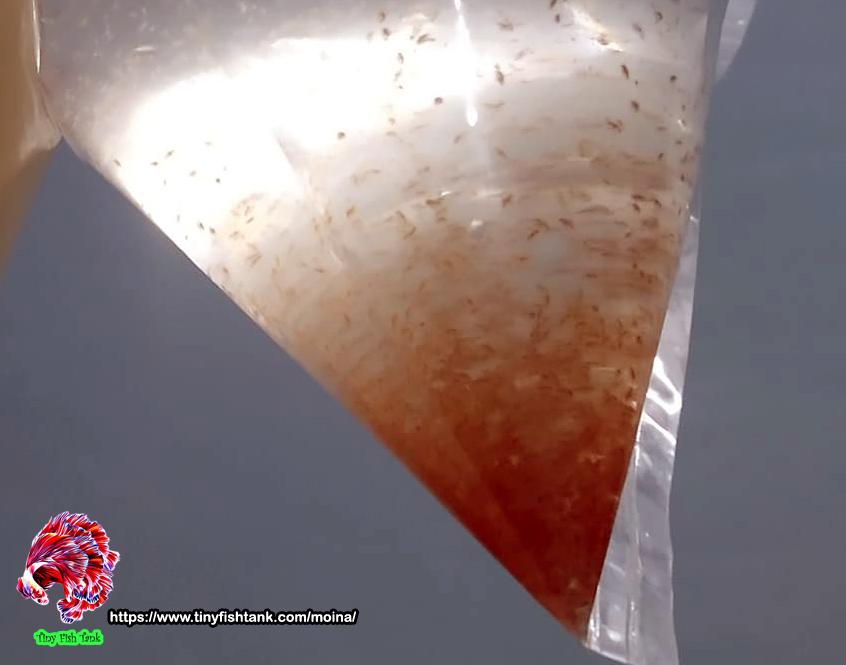
Moina’s unique reproductive strategies have caught the attention of researchers and scientists, making them valuable subjects for studies in ecology, evolution, and reproductive biology. Understanding their life cycle and reproductive mechanisms can provide valuable insights into broader ecological patterns and processes.
Environmental cues play a crucial role in regulating Moina’s reproductive strategies. Temperature, photoperiod, food availability, and population density influence the shift between asexual and sexual reproduction. These triggers allow Moina to adapt their reproductive strategy to prevailing conditions, optimizing their survival and success. Fish, aquatic insects, and other secondary consumers rely on Moina as a primary food source. Their abundance is intricately tied to the Moina population’s health.
Moina’s reproductive strategies are a wonder of nature, indicating the key to their amazing success in various aquatic habitats. Their ability to reproduce both sexually and asexually provides them with a powerful advantage. This allows them to rapidly adjust to changing environmental conditions and ensure their lineage.
1. Asexual Reproduction – Parthenogenesis:
Moina’s reproductive strategy includes asexual reproduction through a process called parthenogenesis. During parthenogenesis, the female Moina produces offspring without male fertilization. This remarkable ability allows them to reproduce rapidly and maintain stable populations under favorable conditions.
When environmental conditions are favorable, female Moina can produce offspring in quick succession, resulting in exponential population growth. This asexual mode of reproduction allows for efficient utilization of available resources, maximizing their potential to thrive in nutrient-rich environments.
2. Sexual Reproduction:
While asexual reproduction is advantageous for rapid population growth, sexual reproduction also plays a crucial role in Moina’s life cycle. When environmental conditions become less favorable, or resources are scarce, Moina shifts to sexual reproduction to produce special eggs called ephippia.
Ephippia – Dormant Eggs
Ephippia are specialized eggs covered in a protective, chitinous shell, which protects embryos from harsh environmental conditions. When conditions become negative, such as during droughts or extreme temperatures, female Moina produces ephippia as a survival strategy.
These ephippia can remain inactive for extended periods, continuing adverse conditions until favorable circumstances return. Once conditions improve, the ephippia hatch, releasing viable offspring and contributing to the Moina population’s resurgence.
Life Cycle
Moina’s life cycle begins with the hatching of eggs, which are either released directly into the water or carried within the brood chamber of the female. Upon hatching, the larvae undergo molts, shedding their exoskeleton as they grow.
As they progress through their juvenile stages, Moina continues to molt, gradually developing into adults. These minuscule organisms are commonly found in aquatic habitats such as lakes, ponds, and slow-moving rivers.
Moina can finish their life span in a few weeks. Certain kinds of Moina may live for approximately 10 to 30 days, while others could exist a little longer, up to roughly 40 days.
During their life cycle, they feed voraciously, contributing to nutrient cycling and ecological balance.
Moina’s Response to Environmental Changes
1. Environmental Variability
Moina’s habitat is subject to continuous environmental variability, driven by seasonal changes, weather patterns, and human influence. These fluctuations can significantly impact food availability, water quality, and predation pressure.
Despite these changes, Moina can adapt, shifting reproductive strategies and behavior to suit prevailing conditions. This flexibility allows them to grasp opportunities and navigate through adversity.
2. Drought and Flood Adaptation
Temporary water bodies, facedown to droughts and flooding, challenge aquatic organisms’ survival. However, Moina has honed its ability to adapt to these extreme situations. During the dry season, they produce ephippia that endure desiccation, safeguarding their genetic material until water returns.
Once the waters refill, the hatching of ephippia marks the resurgence of Moina populations, illustrating their capacity to rebound and sustain their presence in unpredictable environments.
3. Temperature Tolerance
Temperature fluctuations can also impact the Moina population. Their activity and metabolism are affected by temperature changes. Yet, they show remarkable patience with changing thermal conditions, adapting their behavior and life cycle to prevailing temperatures.
The Foundation of Moina’s Diet
Algae, bacteria, and rotten plants are part of Moina’s diet. Moina regulates their population by consuming these microorganisms, preventing excessive growth that could lead to ecological imbalances.
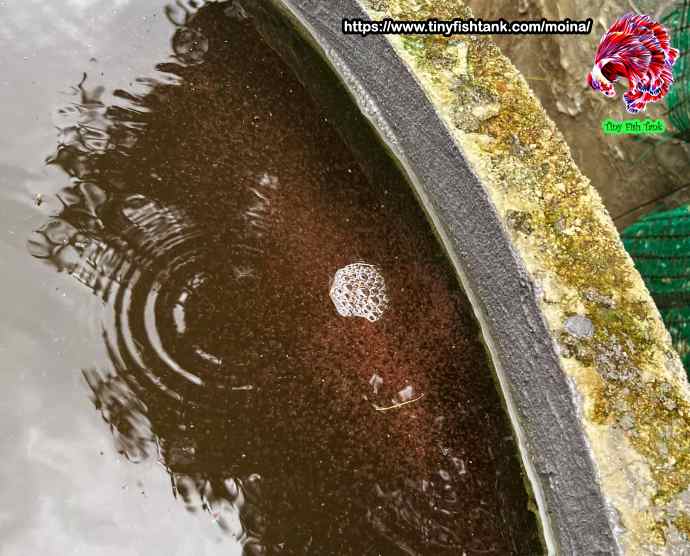
Moina’s algae grazing helps control algal blooms. This is a phenomenon that, if left unchecked, can lead to eutrophication. This is a process in which excessive nutrients cause algae overgrowth, depriving other aquatic organisms of oxygen and sunlight.
Furthermore, Moina’s feeding behavior contributes to essential nutrient transfer within the ecosystem. As Moina consumes phytoplankton, it assimilates nutrients in these microscopic plants. When Moina is preyed upon by secondary consumers, nutrients are transferred up the food chain, feeding predators and promoting their growth.
Nutritional Requirements
Moina’s diet is rich in protein and other essential nutrients for growth, development, and reproduction. Algae and bacteria contain vital amino acids, vitamins, and minerals, sustaining their physiological functions.
Nutrient Cycling
Moina’s feeding behavior is pivotal in nutrient cycling within aquatic ecosystems. By consuming algae and bacteria, they transfer nutrients from the water column to their bodies. As they molt and reproduce, these nutrients are included in their tissues and eliminated from the environment.
Nutritional value of Moina
Moina, a rich source of protein, plays a vital role in the growth and development of animals that feed on them. The protein content of Moina varies between 40% to 60% of their dry weight.
Moina contains a significant amount of lipids, making them an essential energy source for their consumers. Also, they are a good source of vitamins, particularly vitamins A and D, which are crucial for various biological processes.
Moina is a helpful source of minerals such as calcium, phosphorus, potassium, and magnesium, which play a crucial role in bone formation, muscle function, and various physiological processes. Moina is a rich source of essential fatty acids, including omega-3 and omega-6 fatty acids, crucial in promoting optimal health and supporting multiple biological processes.
Moina nutritional value table
| Nutrient | Amount (per 100g) |
|---|---|
| Protein | 40g – 60g |
| Lipids (Fats) | 10g – 20g |
| Carbohydrates | 10g – 20g |
| Ash (Minerals) | 5g – 10g |
| Water Content | 5% – 10% |
Benefits of Moina as a Live Fish Feed
The rapid reproduction rate, nutritional value, and bright coloration of red Moina make them an exceptional live feed choice for a variety of aquarium fish species. Here are some key benefits:
01. Small size is ideal for feeding fish larvae and fry. Moina is quickly consumed by fish with mouths just a few millimeters wide in the early stages of development.
02. A bright reddish-orange hue triggers feeding strikes. Many fish instinctively associate red tones with blood and food.
03. Nutritious food sources provide protein, lipids, and essential fatty acids for growth. Moina is a complete food source.
04. Moina represents natural prey for many species. Their movement and appearance mimic tiny plankton that fish feed on in the wild.
05. Rapid reproduction rate means Moina can be produced in large quantities to continually feed fish.
06. Unlike some live feeds, Moina survives for hours in tank water, giving fish more time to feed on them.
07. Feeding Moina builds enthusiasm for eating in timid or picky eaters who ignore other foods.
08. Feeding Moina helps support proper development, metabolism, immunity, and coloration in aquarium fish.
Moina is beneficial for rearing the sensitive fry of egg-scattering species like tetra fish, barbs, danios, and rainbowfish that can be difficult to breed in captivity. They make an excellent starter food to transition fish from infusoria to larger foods like brine shrimp.
Culturing Moina
Culturing Moina is a straightforward process that requires just a few essential components.
To culture Moina, you need a suitable container, starter culture, water, aeration, food, and patience. A single adult female can produce up to 130 juveniles over a 2-3 week lifespan. This high fecundity makes Moina easy to culture in large quantities.
Here are some step-by-step instructions.
Acquire a 2–5 gallon plastic tub or glass aquarium tank. Fill with dechlorinated tap water or clean pond/rainwater. Add an air-powered sponge filter to oxygenate and circulate the water.
Get a starter culture of Moina from an aquarium store or online supplier. Add several dozen adults to seed the culture.
Gradually increase the water temperature to around 75-80°F (23.5°C – 26.5°C), ideal for red Moina reproduction. Keep out of direct sunlight to avoid overheating.
Feed the Moina a mixture of yeast, phytoplankton, rice bran, and algae powder once or twice daily. Vary the diet to provide complete nutrition.
Monitor water parameters like ammonia, nitrite, and pH. Perform partial water changes as needed to replenish minerals and reduce waste buildup.
If conditions are favorable, the Moina population will boom within 2-3 weeks. Adjust feeding amounts to prevent water fouling.
Harvest Moina by passing water through a plankton net and rinsing it into a container. Feed to fish or hatch another culture. Regular harvesting prevents overcrowding and crashing.
For large-scale culturing operations, specialized setups can be designed using multiple tanks, automated feeding systems, plankton centrifuges for harvest, and climate-controlled greenhouses. But a basic tub or tank setup works fine for hobbyists aiming to breed enough live food for home aquariums.
Moina feed to fish
Monia is rich in protein fish feed that can quickly provide to aquarium fish. Fish like to chase and hunt, so you can feed this live feed to your aquarium fish. Here is the list of the fish that can eat Moina.
- Guppies
- Killifish
- Tetras
- Bettas
- Goldfish
- White Cloud Mountain Minnows
- Rasboras
- Danios
- Platy
- Endler’s Livebearer
- Freshwater shrimp
- Dwarf cichlids
Moina alternatives
You should know about other alternatives when you provide Moina to your aquarium. The reason is fish do not like to eat the same things daily. So, you should provide a different diet to them. Here is the list of other options that you can use for Moina.
01. Daphnia
02. Artemia (Brine Shrimp)
03. Micro worms
04. Vinegar Eels
05. Bloodworms
06. Mosquito Larvae
07. Tubifex Worms
Frequently Asked Questions
is Moina and daphnia same?
No. Daphnia is a different aquatic creature, and its body has different characteristics. Daphnia is bigger than Moina and can live in similar environmental conditions.
Is Moina suitable for feeding bigger fish?
No. If you have bigger fish like goldfish, catfish, or Oscar fish, do not feed Moina to them. It is sufficient food for them due to their body size.
Can I feed Moina betta fish?
Yes. You can feed Moina to your betta fish without any problem. It is an excellent live feed for betta fish. You can feed this live feed both juvenile and mature betta fish too.
Will tap water kill my Moina?
Yes. Tap water is not suitable for Monia, and Moina culture will die. Tap water contains chlorine, which is poison for them. They need aged water or algae-mixed water to live and thrive.
Is Moina expensive?
No. When comparing tubifex worms, Moina is not an expensive fish feed. But Daphnia and Moina are selling in the same price range, which is affordable to fish keepers.
